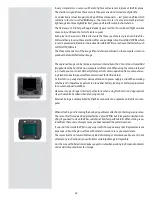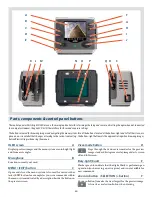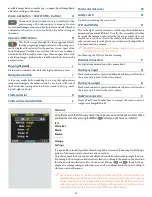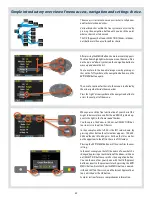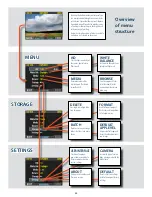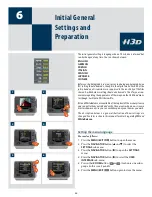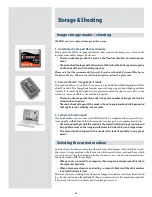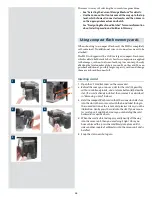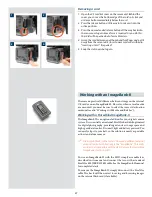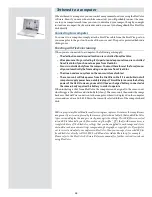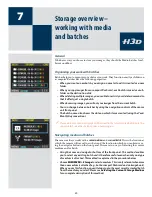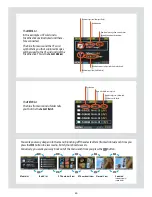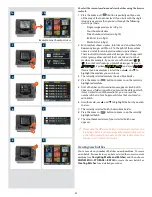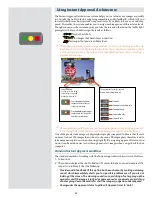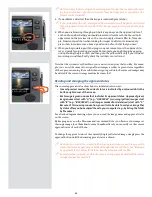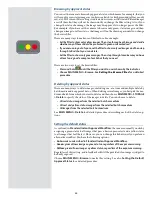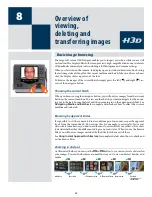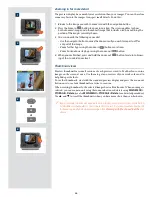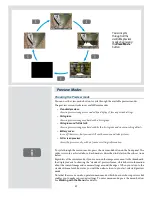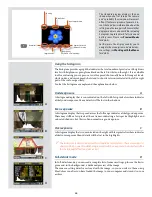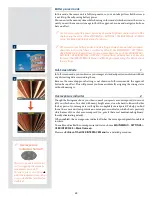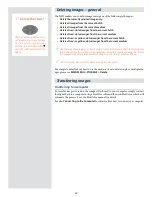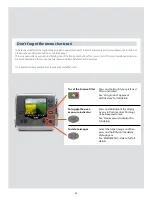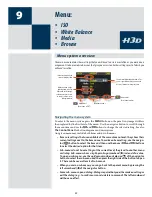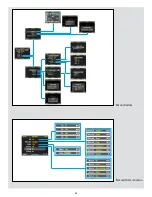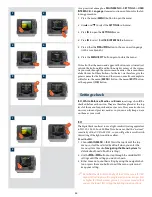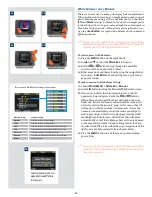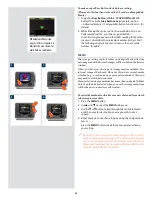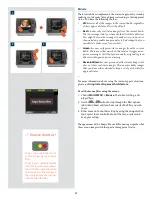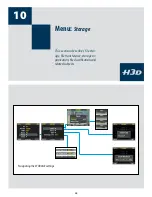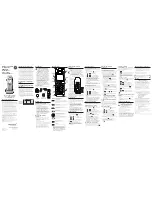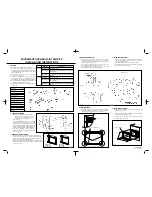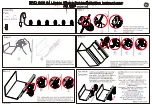
Note that some shots may trigger the warning even though they are exposed accord-
ing to your intentions. You should consider these warnings only as a guideline. This
feature can be turned off.
3. If no problem is detected, then the image is saved with green status.
If you set Approval to ‘Auto’, all images will be stored as Green if judged as correct and
Yellow if judged as technically doubtful. No images are ever stored as Red automati-
cally!
4. When you are browsing through your shots, keep an eye on the approval status of
each and consider whether you should promote or demote each shot based on its
appearance on the preview screen. You can also apply a browse filter to, for exam-
ple, browse only red shots when looking for images to delete or to browse only
green shots to make sure you have a good version of each shot that you need.
5. When you begin working with the images on your computer, use the approval sta-
tus as a guide for organizing your work. For example, you might begin by opening
and optimizing the green shots and then go to the yellow shots only if you still need
more images and then, finally, check the red shots as a last resort.
Note that the system is very flexible so you can use it in any way that you like. For exam-
ple, you can set the camera to assign all new images a yellow or green status regardless
of the exposure warning. Be careful when assigning red status because red images may
be deleted if the current storage medium becomes full.
Reading and changing the approval status
The current approval status of each shot is indicated in two ways:
• In most preview modes, the current status is indicated by a coloured dot in the
bottom-right corner of the screen.
• Each image is given a name that indicates its approval status. Approved (green)
image names start with “A” (e.g., “A0000043”); warning (yellow) images start
with “B” (e.g., “B0000043”); and images marked for delete (red) start with “C”.
Because of this naming convention, you will also be able to sort your image files
by status after you have copied them to your computer (e.g., by listing the folder
by file name).
See also the diagram showing where you can read the image name and approval status
on the screen.
By keeping an eye on the file name and/or coloured dot as you browse your images at
the single-image, four-thumbnail or nine-thumbnail level, you can easily see the current
approval status of each of them.
To change the approval status of the currently displayed/selected image, simply press the
approval button until the desired approval status is shown.
Note that you can set the camera to filter by approval status as you browse, which
means that some images may be hidden (though they are still there). See “Browsing
by Approval Status”, below, for details about how to work with the filter.
Be careful when assigning red status because red images may be deleted if the current
storage medium becomes full.
43

